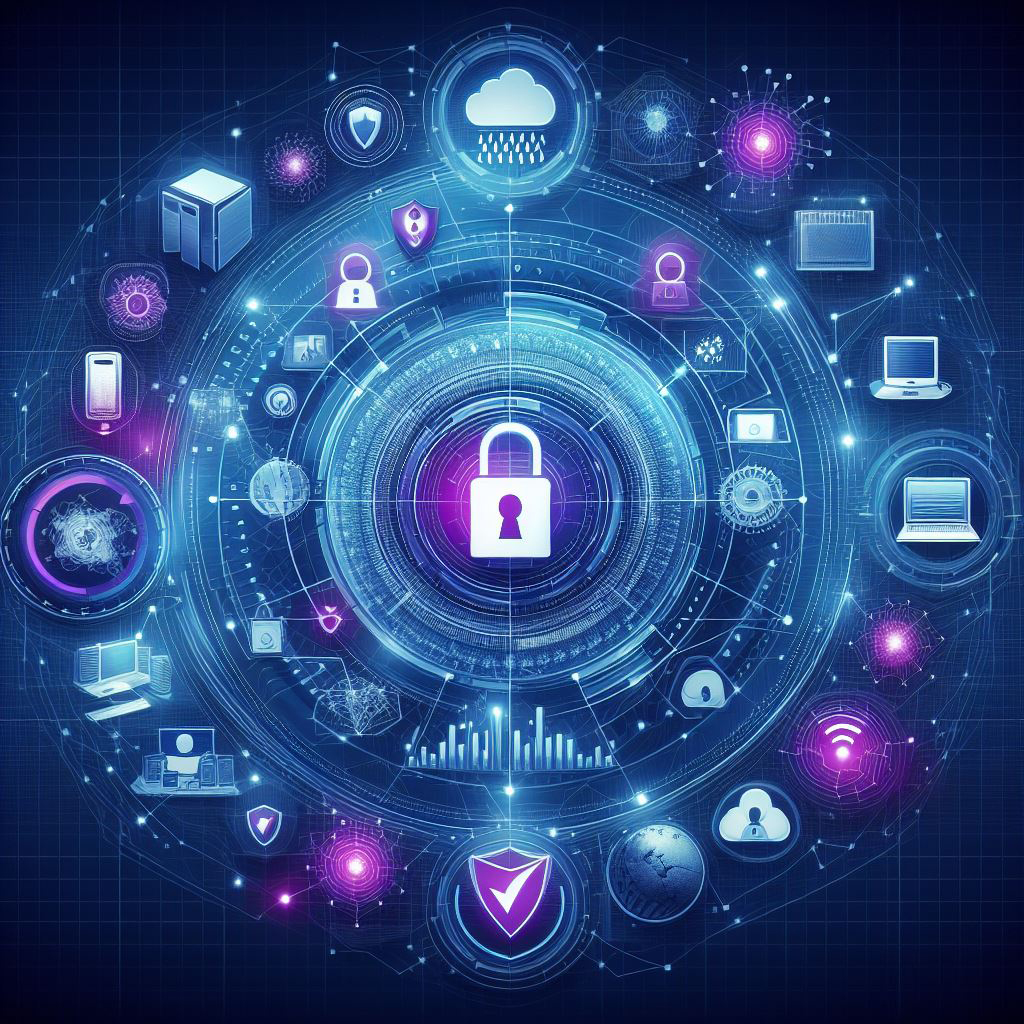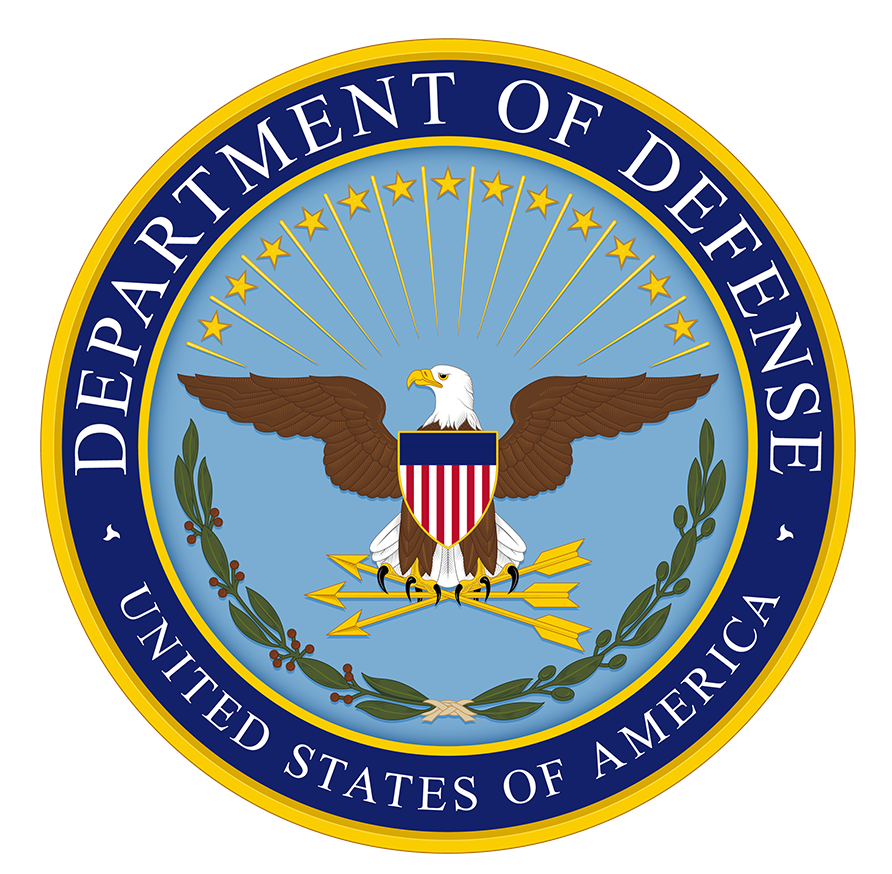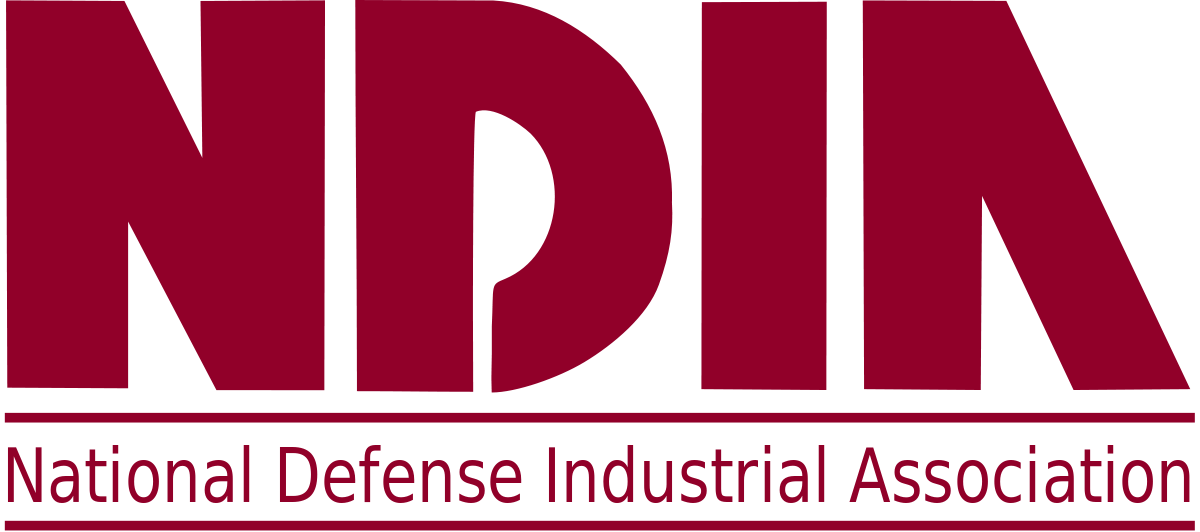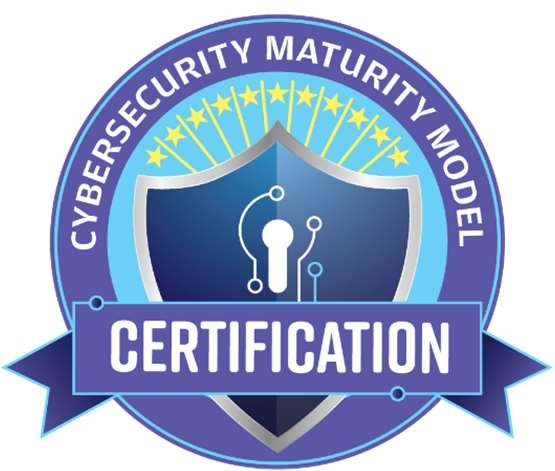Security Information and Event Management or SIEM is a solution that helps organizations detect, analyze, and respond to security threats in real time within an organization’s IT environment. A SIEM collects event log data from a range of sources, including networks, servers, endpoints, applications, and more. Once the data is analyzed, organizations can gain insight into potential security and cyber threats. With this visibility, security teams can respond quickly to cybersecurity issues and adhere to compliance requirements.
5 Reasons Why You Need SIEM
- Threat Detection and Incident Response: Security Information and Event Management technology can detect threats in real-time or near real-time through continuous monitoring. The software checks for abnormal behavior and anomalies—things that can be difficult to detect by an IT team. This approach allows organizations to respond quickly and minimize the impact of a cyberattack on business operations.
- Centralized Visibility and Control: Aggregating data into “a single pane of glass” is the strength behind a SIEM. With this technology, your IT team can visualize security gaps, vulnerabilities, and weaknesses, allowing them to not only save time and effort but more importantly strengthen your defenses.
- Compliance and Regulatory Requirements: Federal Contractors and the DoD are continually bombarded with cyber threats from foreign adversaries. The NIST Special Publication (NIST SP) 800-171 provides guidance to contractors that work with government entities on how to handle Controlled Unclassified Information, or CUI. The NeQter Labs’ SIEM technology within Cuick Trac addresses the following NIST security requirements:

- 3.1 Access Control: Detects unauthorized access attempts, user permissions and roles, privilege escalations, VPN connections, and more
- 3.3 Audit & Accountability: Centrally aggregates log data and provides proof of log data retention over a certain period of time
- 3.4 Configuration Management: Records all configuration changes made to systems and devices
- 3.14 Malware Detection: Reports on all instances where anti-malware tools detected malware
4. Incident Investigation and Forensic Analysis: If a security breach does occur, SIEM is a crucial element to investigate and analyze the incident through historical security data and logs. With a SIEM in place, an IT team can trace and/or reconstruct the breach, giving them valuable input and forensic analysis in order to understand the impact on their systems and networks. Once they fully grasp the extent, they can remediate the weak environment and avoid future breaches. Additionally, proper cyber incident reporting is mandated under DFARS 252.204-7012 for all DIB contractors and sub-contractors, so implementing and maintaining a SIEM is critical in meeting these requirements.
5. Threat Intelligence Integration: New cyber threats emerge every day, every hour, every minute, making the threat landscape far too vast for any IT team alone to accurately monitor. Organizations can prepare for and respond to these threats when their SIEM system is integrated with active threat intelligence feeds. Using a SIEM, you get up-to-date intelligence on emerging threats, attack vectors, and malware, helping you to stay ahead of the curve.
Security Information and Event Management Challenges
While SIEM addresses many cybersecurity requirements outlined in the CMMC program, implementing and managing this technology comes with a variety of obstacles organizations must overcome:
- Affordability: Most organizations find this to be the main hurdle. Standalone SIEM solutions from the Gartner Magic Quadrant can be quite expensive, especially for small and medium-sized businesses.
- Talent: Implementing and managing a SIEM requires specialized skills and experience, something most small businesses lack.
- Time: Massive amounts of security data can be generated with a SIEM, requiring careful curating, monitoring, and analysis that can be time-consuming and overwhelming for your IT team.
SIEM + Enclave
For CMMC compliancy, your cybersecurity arsenal must address the requirements of NIST SP 800-171 – all 110 guidelines and 320 assessment objectives. A platform that provides only encrypted email and file sharing is not enough. The DoD demands more, and federal contractors must comply with these regulations.
Security Information and Event Management technology can enhance your cybersecurity defenses and mitigate risk while protecting CUI. The easiest and most cost-effective way to achieve this is with an enclave that has SIEM built in, such as Cuick Trac. Cuick Trac is proud to use NeQter Labs as its SIEM solution. Talk to one of our security experts today and learn how Cuick Trac’s SIEM can help your organization meet the requirements of NIST SP 800-171.





